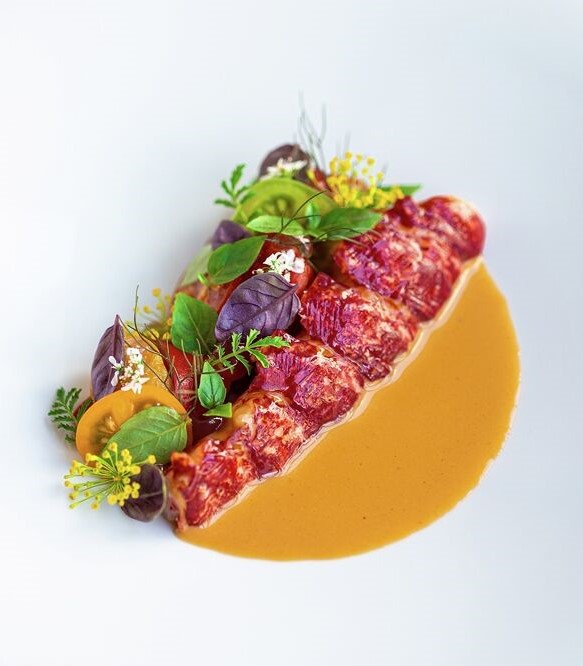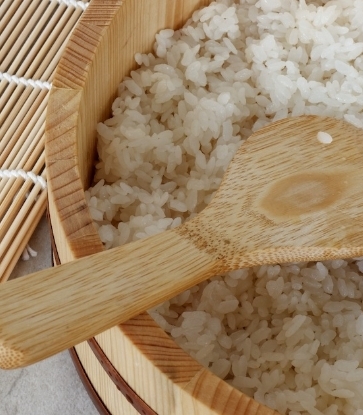The cheese itself is named after its home – Pag, a rocky island just off the Adriatic Sea, and is a product of the area’s unique terroir.
“This cheese contains the essence of the island,” says Martina Pernar Škunca, the spokesperson for Paška sirana – the oldest cheese factory on the island. “It’s a rocky environment with very little grass growing on it but these are full of aromatic herbs which our sheep eat. That’s what makes their milk so special and unique.”
Indeed, unlike many other cheese producing regions, these botanicals are not mere grasses but are actually Mediterranean shrubs like sage, cypress spurge and cherry laurel that grow on rocky soils with a high salt content.

The resulting flavour? One that Škunca describes as “full flavoured, pleasantly saline and butterscotch-y without being too dry.”
The Importance of Pag Cheese
Cheese production is a vital part of the island’s economy. It is after all, home to a population of less than 10,000 with some 100 families engaged in rearing sheep and selling its milk to cheese factories and makers.
While the island produces more than just Paški Sir, over 300 tonnes of this unique variety are made each year. Most of it is enjoyed domestically but the cheese is also exported to countries like the US, Sweden, Germany, Austria, Slovenia and Montenegro. In Singapore, it's available at Taste, a gourmet supermarket located at the basement of Raffles Holland V, the newly opened Providore Downtown, and online at The Adriatic Pantry.
Despite increasing demand for the cheese, production is limited due to the lack of pastures. The 35,000 sheep on the island only go into milking season the first half of the year, when they are milked twice a day.

But the magic of Pag doesn’t just end at the milk. It’s at the third stage, salting, which is called salamurenje that the cheese meets sea salt, the island’s other precious commodity.
Dubbed as the island’s ‘white gold’, the salt is known for its high quality for being derived from unpolluted waters and kissed by the gentle Adriatic sun. It’s so appreciated in fact that neighbouring Bosnia and Herzegovina imports this salt to make Livanjski Sir – their own cheese.
The ultimate question though: How does one enjoy this cheese while fully appreciating its origins?
It depends on how long the cheese has aged for, says Škunca. “Younger Paški Sir that’s aged till 6 months is softer and lighter – we have this as an appetiser together with prosciutto,” she says. “Older cheese aged from nine months or more is harder, darker and very rich, and it's eaten as dessert with a glass of red wine, or stronger white wine."
If all else fails though, it can simply be drizzled with a good olive oil, or shaved over salads.
Recommended reading: View all ingredients stories here.






















